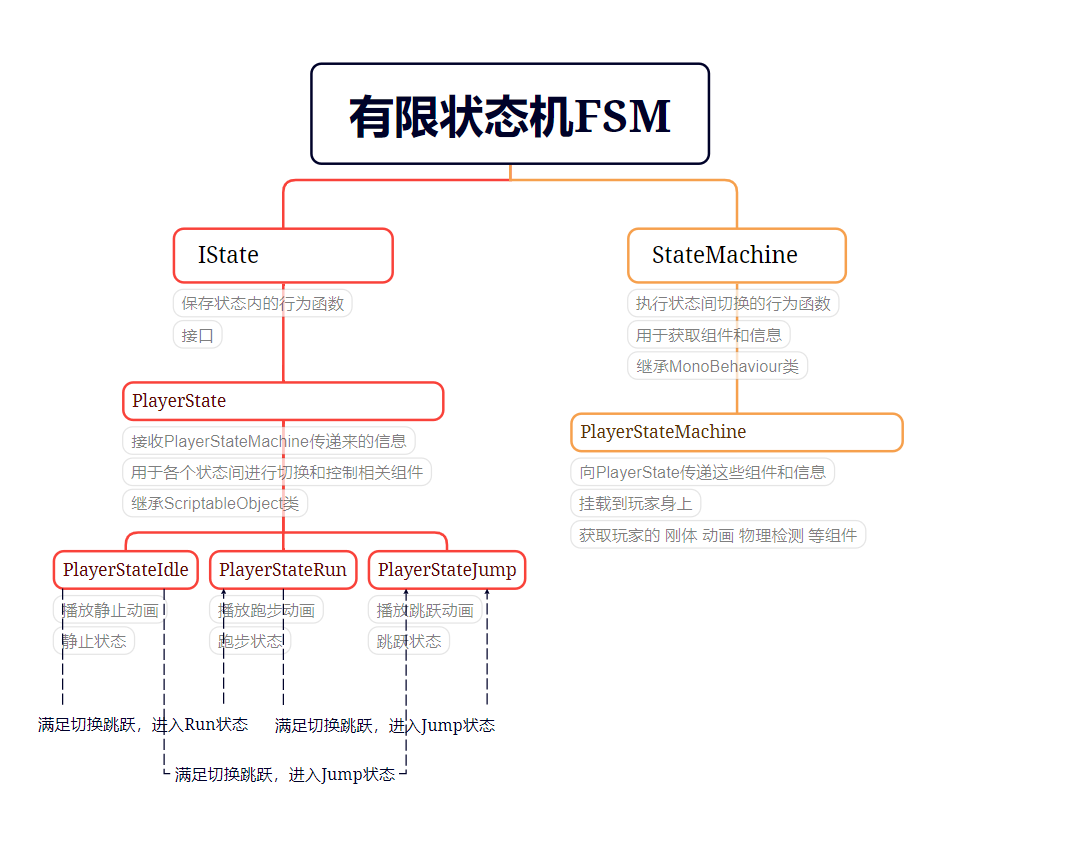不得不吐槽, 国内的各种开发资料网站已经... 是黄了吗? 还是百度已经黄了?
今天打开开发的asp.net core2.几的项目, 一F5运行后浏览器说无法提供安全连接, 大意就是https证书不行了, 我也不知道为什么突然给我来这么一出, 昨天还好好的. 然后反正我用百度搜了好久, 来来回回就是csdn啊cnblog啊和一些其它记不行名字的网站, 各种资料全是相互抄, 虽然我浏览了好几个站点, 但是我其实只看到了最多3份资料.
屁话就不说了, 以下是内容:
先在PowerShell里运行以下, 生成证书:
# setup certificate properties including the commonName (DNSName) property for Chrome +
$certificate = New-SelfSignedCertificate `
-Subject localhost `
-DnsName localhost `
-KeyAlgorithm RSA `
-KeyLength `
-NotBefore (Get-Date) `
-NotAfter (Get-Date).AddYears() `
-CertStoreLocation "cert:CurrentUser\My" `
-FriendlyName "Localhost Certificate for .NET Core" `
-HashAlgorithm SHA256 `
-KeyUsage DigitalSignature, KeyEncipherment, DataEncipherment `
-TextExtension @("2.5.29.37={text}1.3.6.1.5.5.7.3.1")
$certificatePath = 'Cert:\CurrentUser\My\' + ($certificate.ThumbPrint)
# create temporary certificate path
$tmpPath = "C:\tmp"
If(!(test-path $tmpPath))
{
New-Item -ItemType Directory -Force -Path $tmpPath
}
# set certificate password here
$pfxPassword = ConvertTo-SecureString -String "YourSecurePassword" -Force -AsPlainText
$pfxFilePath = "c:\tmp\localhost.pfx"
$cerFilePath = "c:\tmp\localhost.cer"
# create pfx certificate
Export-PfxCertificate -Cert $certificatePath -FilePath $pfxFilePath -Password $pfxPassword
Export-Certificate -Cert $certificatePath -FilePath $cerFilePath
# import the pfx certificate
Import-PfxCertificate -FilePath $pfxFilePath Cert:\LocalMachine\My -Password $pfxPassword -Exportable
# trust the certificate by importing the pfx certificate into your trusted root
Import-Certificate -FilePath $cerFilePath -CertStoreLocation Cert:\CurrentUser\Root
# optionally delete the physical certificates (don’t delete the pfx file as you need to copy this to your app directory)
# Remove-Item $pfxFilePath
Remove-Item $cerFilePath
2, copy到项目根目录
3, 根目录下放如下文件:
certificate.json:
{
"certificateSettings": {
"fileName": "localhost.pfx",
"password": "YourSecurePassword"
}
}
3, 修改以下源码文件:
Programe.cs:
public class Program
{
public static void Main(string[] args)
{
var config = new ConfigurationBuilder()
.SetBasePath(Directory.GetCurrentDirectory())
.AddEnvironmentVariables()
.AddJsonFile("certificate.json", optional: true, reloadOnChange: true)
.AddJsonFile($"certificate.{Environment.GetEnvironmentVariable("ASPNETCORE_ENVIRONMENT")}.json", optional: true, reloadOnChange: true)
.Build();
var certificateSettings = config.GetSection("certificateSettings");
string certificateFileName = certificateSettings.GetValue<string>("filename");
string certificatePassword = certificateSettings.GetValue<string>("password");
var certificate = new X509Certificate2(certificateFileName, certificatePassword);
var host = new WebHostBuilder()
.UseKestrel(
options =>
{
options.AddServerHeader = false;
options.Listen(IPAddress.Loopback, , listenOptions =>
{
listenOptions.UseHttps(certificate);
});
}
)
.UseConfiguration(config)
.UseContentRoot(Directory.GetCurrentDirectory())
.UseStartup<Startup>()
.UseUrls("https://localhost:44321")
.Build();
host.Run();
}
}
Startup.cs:
public void ConfigureServices(IServiceCollection services)
{
// ...
services.AddMvc(
options =>
{
options.SslPort = ;
options.Filters.Add(new RequireHttpsAttribute());
}
);
services.AddAntiforgery(
options =>
{
options.Cookie.Name = "_af";
options.Cookie.HttpOnly = true;
options.Cookie.SecurePolicy = CookieSecurePolicy.Always;
options.HeaderName = "X-XSRF-TOKEN";
}
);
// ...
}
来源英文网站:https://www.humankode.com/asp-net-core/develop-locally-with-https-self-signed-certificates-and-asp-net-core
版权声明:除特别声明外,本站所有文章皆是本站原创,转载请以超链接形式注明出处!









